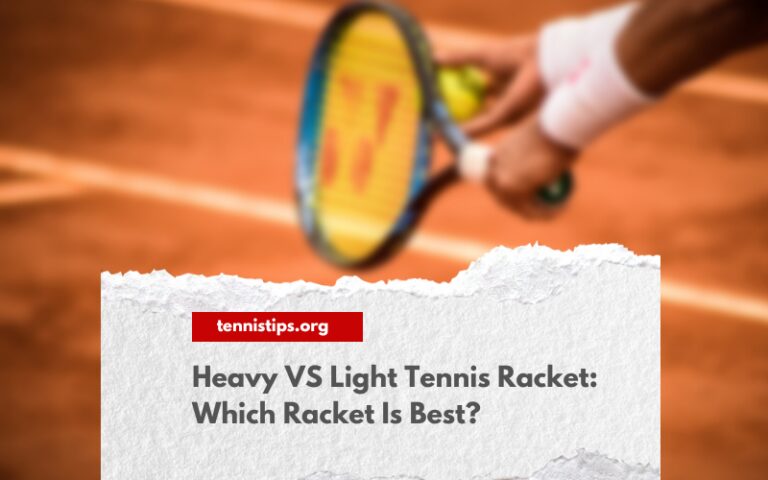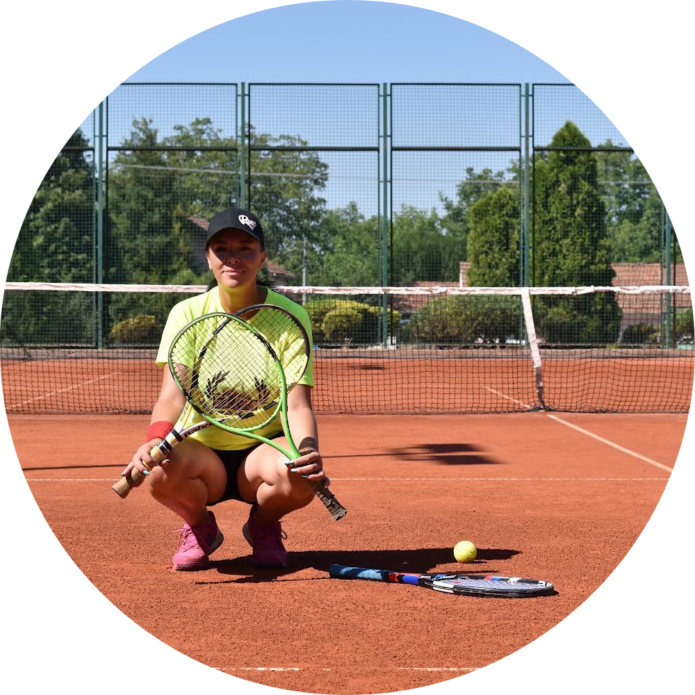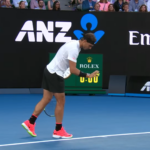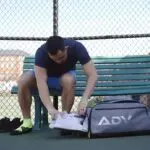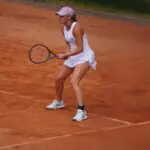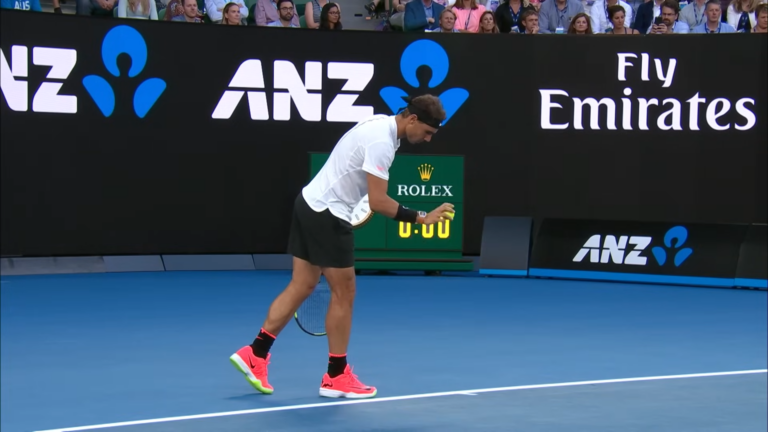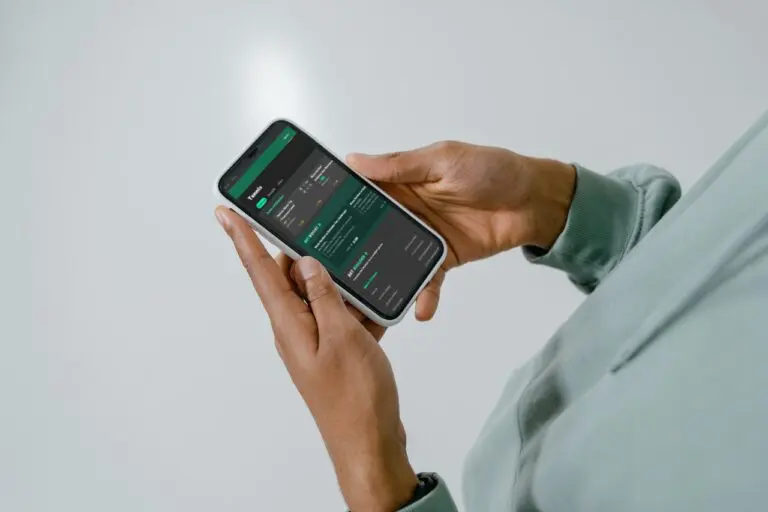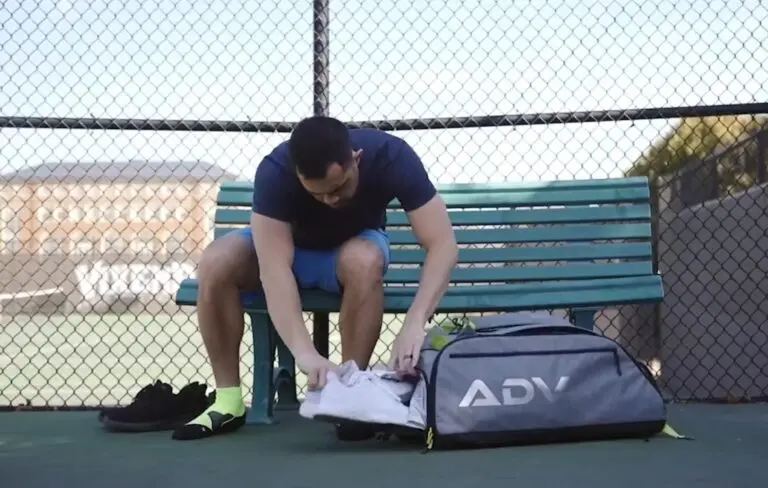When selecting tennis racquets, most players must choose between different weights. All the concerns on lightweight or heavy racquets revolve around which kind of racquet they should be using.
Finding the best tennis racquet can be overwhelming today due to the wide range of choices in the sector. Most of the queries you might have when deciding on a tennis racquet: You need not be afraid of those issues throughout your life.
Heavy Vs Light Tennis Racket
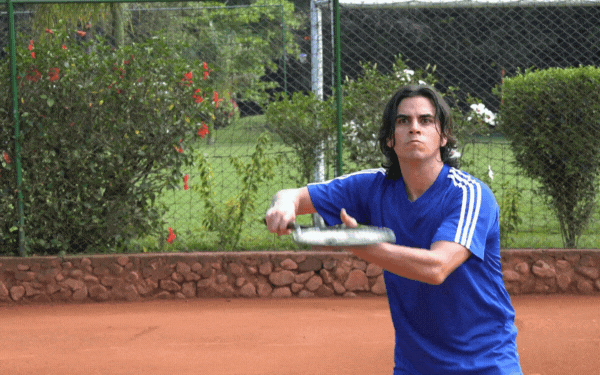
Truthfully, it depends on your game. As a 6-foot-tall tennis player, I choose a heavier racquet for added swing weight. For me, I would go for HEAD 360 Plus or HEAD 360 Tour.
Heavy Tennis Rackets
The denser the racquet, the greater the strength it offers. Consequently, heavier rackets use smaller head sizes and the appropriate technique to allow strength across long swings. Larger racquets help dampen shock and vibration when hitting.
Are heavier rackets more powerful?
Indeed, Strong-weighted tennis racquets (+300 grams) help generate momentum and achieve a more rapid hitting speed. Many professionals and advanced players may usually use heavier racquets while still trying to produce more strength.
Characteristics of heavy racquets:
- Usually weighs more than 11 ounces.
- It can provide more power in shots.
- It can help to maintain control over a player’s swing.
Some of the best heavy racquet models available in the market are HEAD 360+ Prestige MP, HEAD 360 Speed Pro, Wilson Pro Staff, Wilson Babolat HEAD Gravity Pro, Wilson Blade 98, and Wilson Babolat HEAD 360+ Prestige Tour.
Light Weight Tennis Rackets
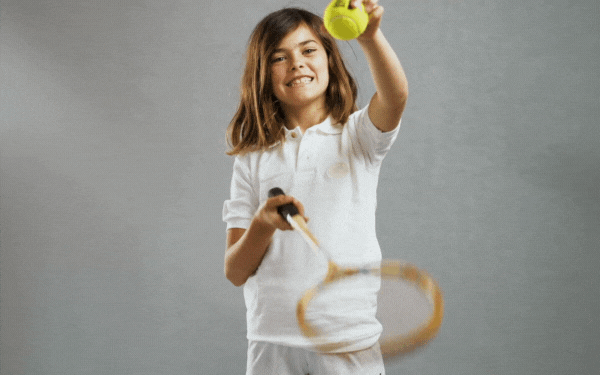
240-gram racquets have more control and maneuverability but not as much strength. Generally speaking, these racquets are designed for juniors or others who are getting ready to step up to a full-sized racquet.
Lighter rackets are normally having less control and reliability but provide greater effortlessness and maneuverability. As a consequence, these rackets are excellent for novices and developing players. A lightweight racquet has a stiffer base and a greater head capacity.
Are lighter tennis racquets better?
It’s easier for the players who are searching for a quicker swing. Adults use higher-weight rackets, and juniors favor lighter rackets. Some of the better lighter racquets in the industry are HEAD TI S6, HEAD 360 Radical Lite, etc.
Characteristics of light racquets:
- The weights of these rackets are between 9 to 9.4 ounces.
- It can provide easier control.
- It may generate less power.
Mid-weight Tennis Racquets
There is one additional kind of racquet that all tennis players, mid-weighted racquets, recommend. All-around maneuverability, power, and sturdiness are key considerations when shopping for racquets.
Many mid-weight racquets are useful for players at all skill levels.
Characteristics of mid-weight racquets:
- It weighs between 9.8 to 10.9 ounces.
- It provides a combination of power and control.
Head Heavy and Head Light racquets
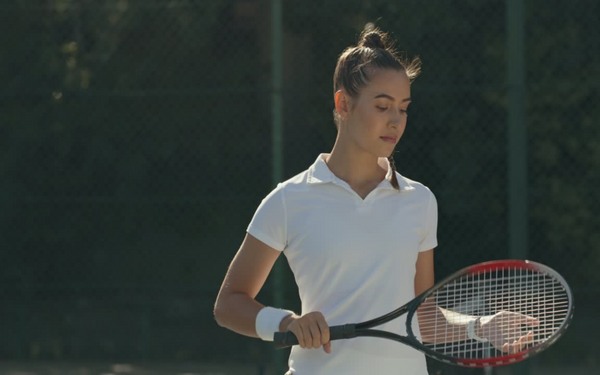
In general, most racquets are head-heavy and headlight. Apart from the weight of the racquet, which decides whether it is strength or control-based, racquet weight is an important factor.
1. Head Heavy racquets:
- If the rest of the racquet’s weight is located in the head, the racquet is head-heavy.
- A headstrong racquet generates more strength as the heavy mass in the head helps the racquet to provide more traction.
- Baseline racquets are commonly provided to players who choose defensive strokes.
- Many that need additional power shots appear to be like a racquet with head-heavy heads.
Beginners and smaller-sized players benefit more from a head-heavy racquet since it is fast to swing. However, this kind of racquet generally has less feel and is not the preferred choice for volleying. Intermediate and advanced competitors prefer to look down on head players.
2. Headlight racquets:
Most of the weight of the racquet is located in the grip.
The racquet head has more maneuverability and greater stability of the ball.
In general, net and volleyers like these racquets.
Headlight rackets are usually more suitable for more experienced players who can produce more strength and spin in a shot.
Racquet head size
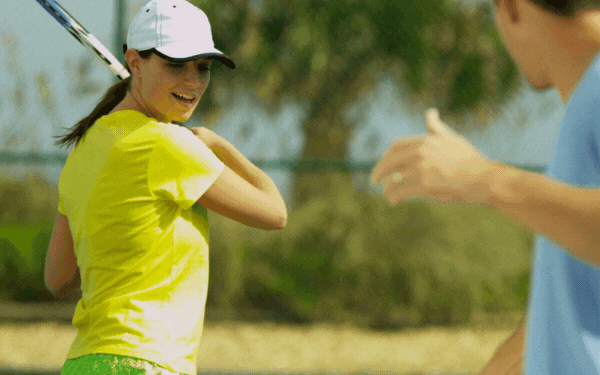
Oversize, mid-plus and mid commonly exist. As a rule, the wider the racquet face generates more force and spin, thus having a smaller sweet spot.
Oversize racquet head size:
- This racquet has 106 and 135 square inches.
- This racquet has a large sweet spot, enabling you to swing it easily, therefore giving you the benefit of a large court of play.
- It creates the most strength and rotation.
- Especially popular among smaller-sized or lower-level players and newbie players.
Mid Plus racquet head size:
- Measure 95 to 106 square inches.
- It can cover a medium to a small area.
- Equilibrium in strength and energy.
- For the middle group of chess players, this was a common choice.
Mid-racquet head size
- It is called “compact,” the size below 95 square inches is “normal,” and anything greater than 95 square inches is called “oversized.”
- It comes with a small sweet spot.
- Provides more control and less strength.
- The more experienced players typically favor them.
Conclusion
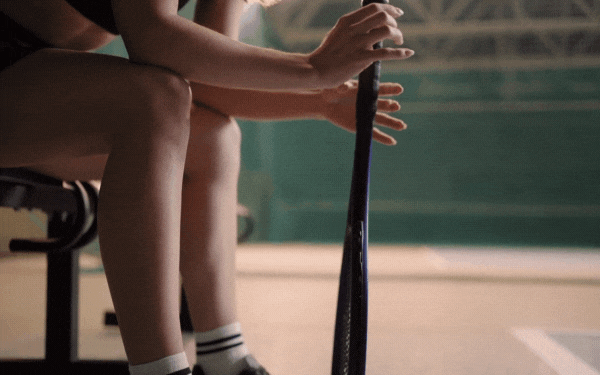
If you play tennis for pleasure, don’t change racquets much. Each racquet has its characteristics, which impact the player’s play significantly.
First, it is helpful to know that heavier racquets will transfer more shock to the arm. The swing of a heavier racquet is stronger at the same string resistance. When returned shots get faster and more effective, the racket returns with far more stability and solidity.
When they are swinging with a more well-developed and hard-than-handed limb, they become liabilities.
Most rackets make for more maneuverability from the baseline as well as from close to the net. They produce less force and call for a more efficient, quicker swing of their own. They have little or no confidence in hit-and-run tactics. A heavy racquet might be beneficial to anyone who suffers from tennis elbow.
FAQs:
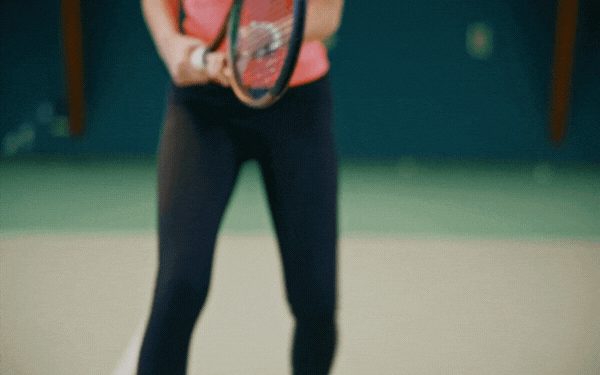
Q1: What is the best weight for a tennis racket?
There is no such thing as the right way to put it. It all depends on the skill, age group, and level of play.
Q2: Should I use a heavier tennis racquet?
Indeed, Strong-weighted tennis racquets (+ 300 grams) help generate momentum and achieve a more rapid hitting speed. Many professionals and advanced players may usually use heavier racquets while still trying to produce more strength.
Q3: Does a heavier tennis racket give you more power?
Tennis rackets have been becoming lighter and lighter over the last decade. Conversely, though, a higher racket mass is directly proportional to a higher speed if all other factors are kept constant. Since the player has more mass, the powerful swing ensures more momentum.
Q4: Why do pros use heavy racquets?
A pro doesn’t require a racquet to create power; instead, the heavier racquet lets him/her handle the ball the way they like, which often helps them strike it harder and produce more spin. In addition to that, this is why certain pro players use lead weight.
Q5: How heavy is Roger Federer’s racket?
12.5 ounces
Federer uses a racket that weighs about 12.5 ounces; low-level or recreational players would be better off with an 8-ounce racket.
Q6: Can tennis rackets be too light?
When a ball is struck lightly, it has a little tendency to move the racket about. Use a heavier racquet if you can’t obtain sufficient spin on the ball (along with taking into account string type and tension, racquet flexibility, and your form.)
References:
https://livehealthy.chron.com/benefits-heavier-tennis-racket-1761.html
Related:
- Top 19 Best Tennis Bags 2024 [Unbiased Reviews]
- 20 Best Tennis Shoes 2024 - Stylish and Athletic
- 15 Best Tennis Balls 2024 - USTA and ITF Approved
- 18 Best Tennis Racquets 2024 - Exclusive Reviews &…
- 13 Best Tennis Shoes for Clay Court 2024 - Improve…
- 10 Best Tennis Ball Machine 2024 - Perfect for Solo Players

